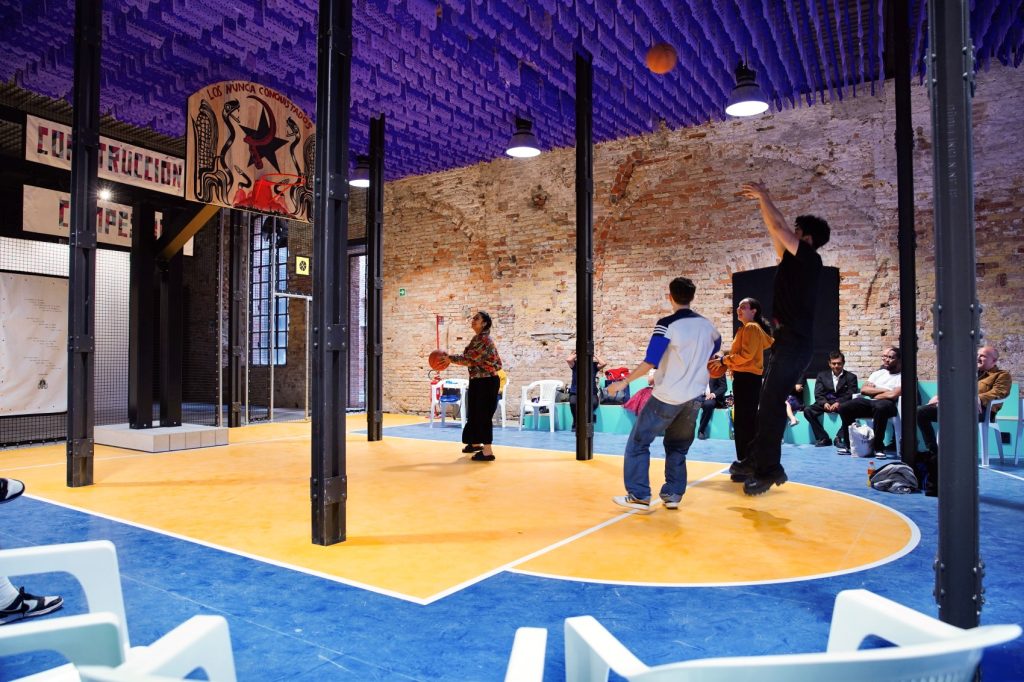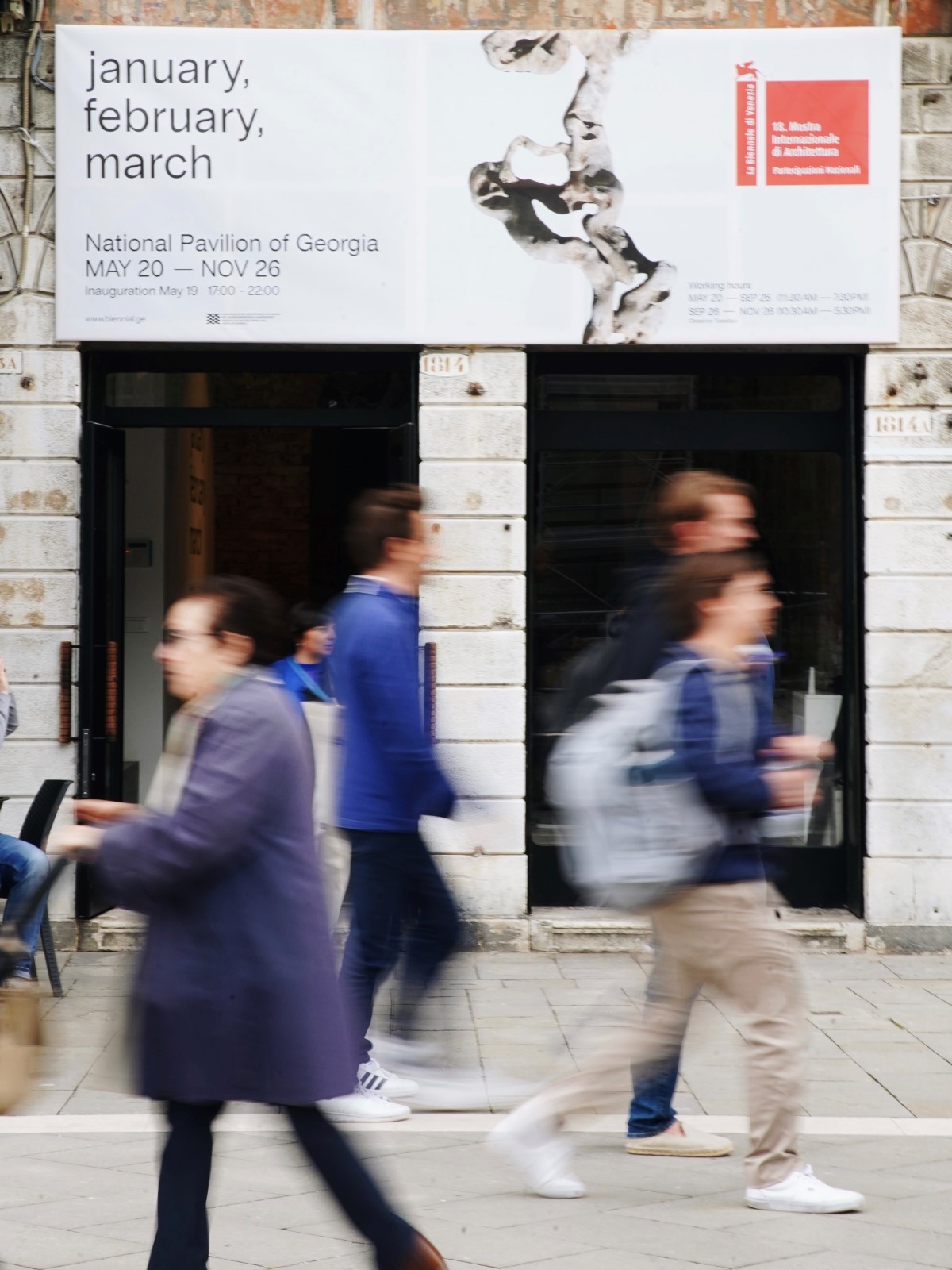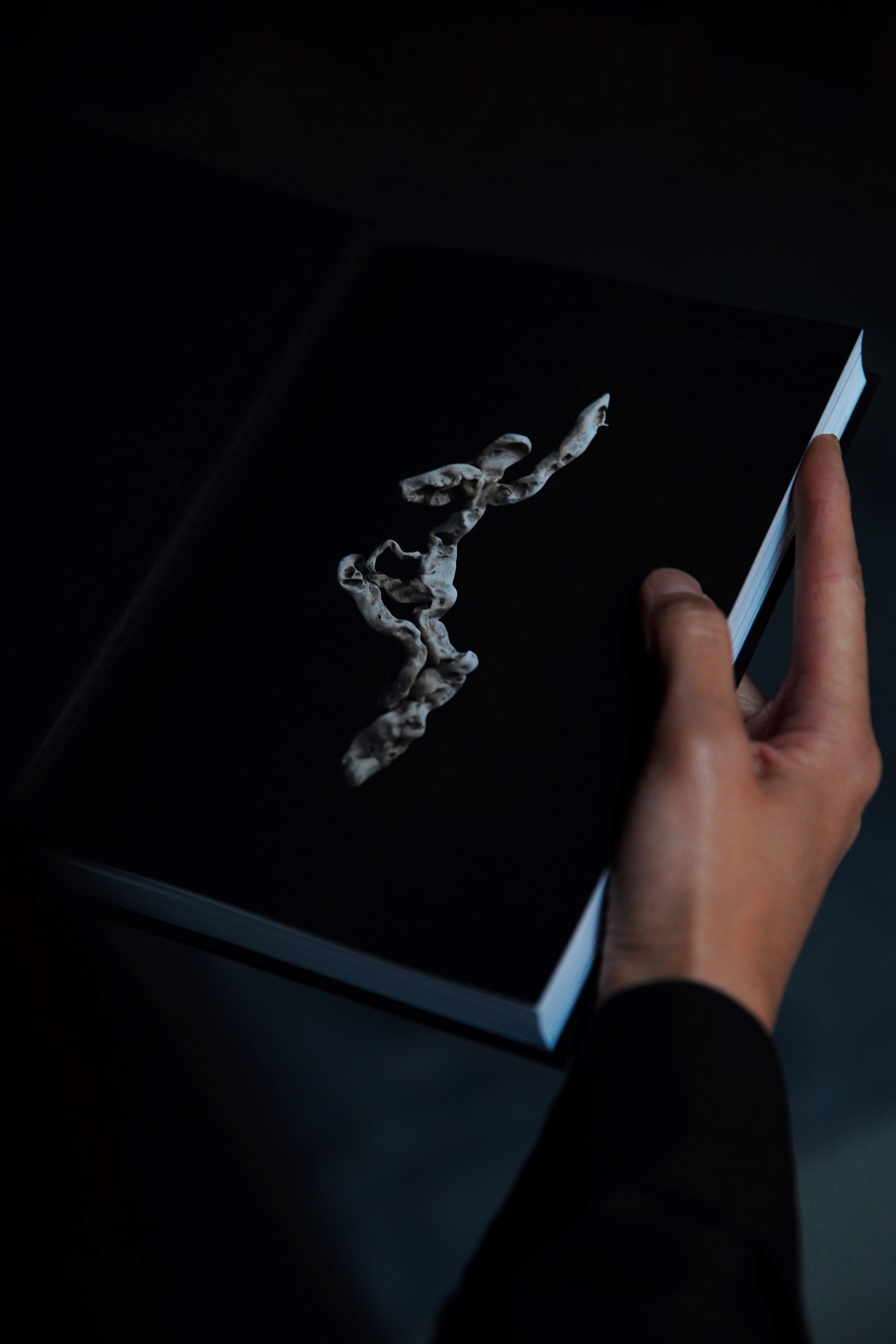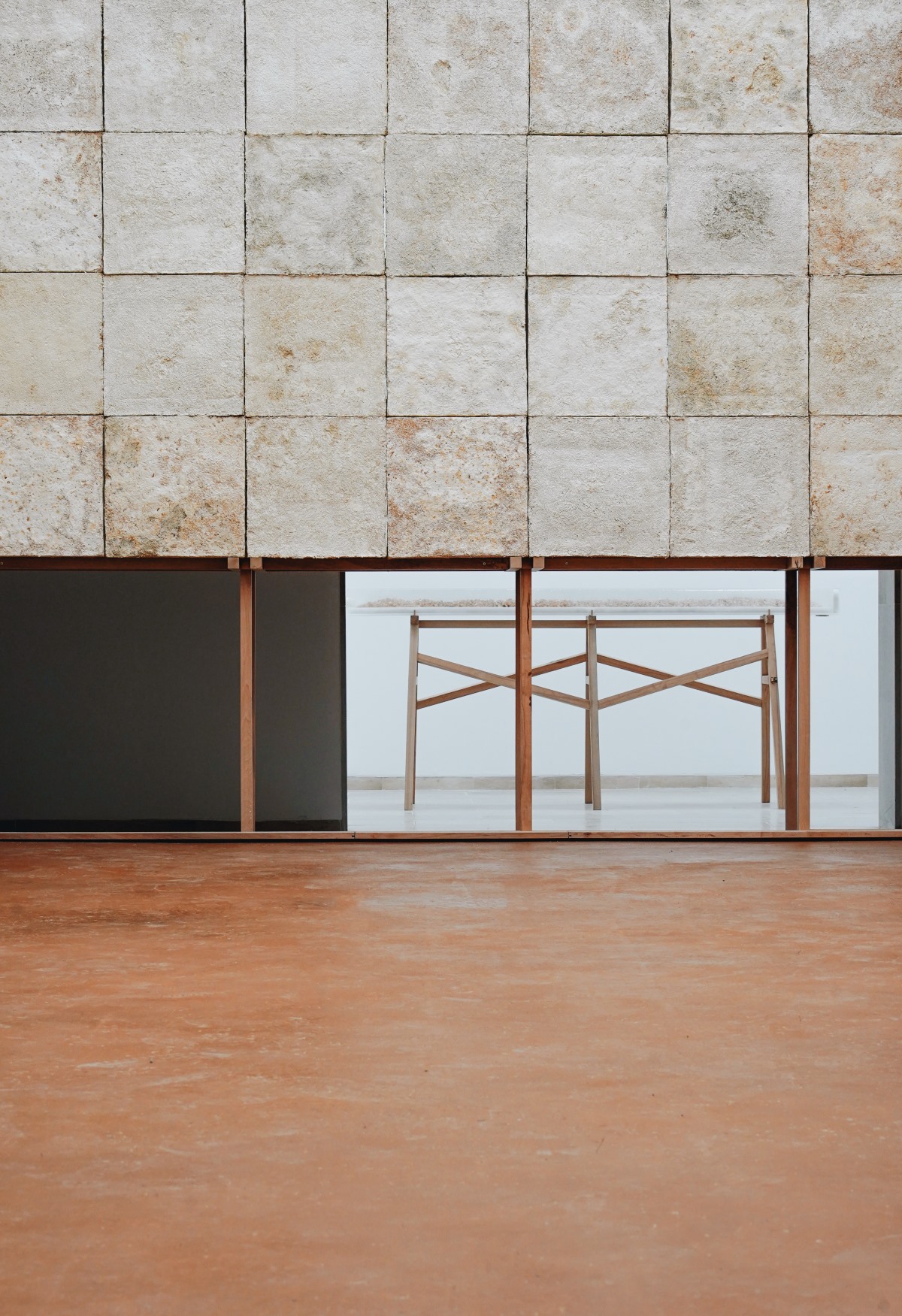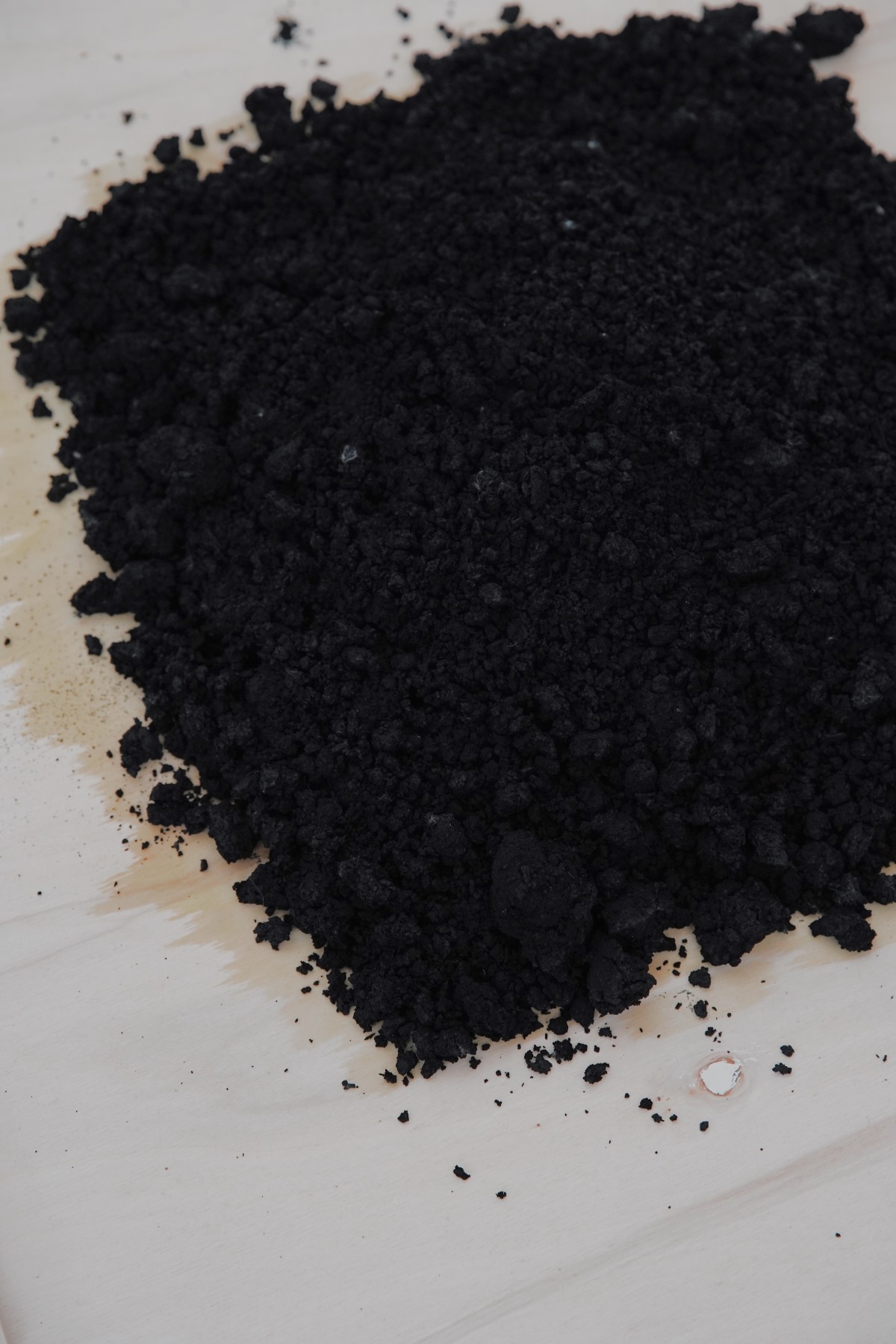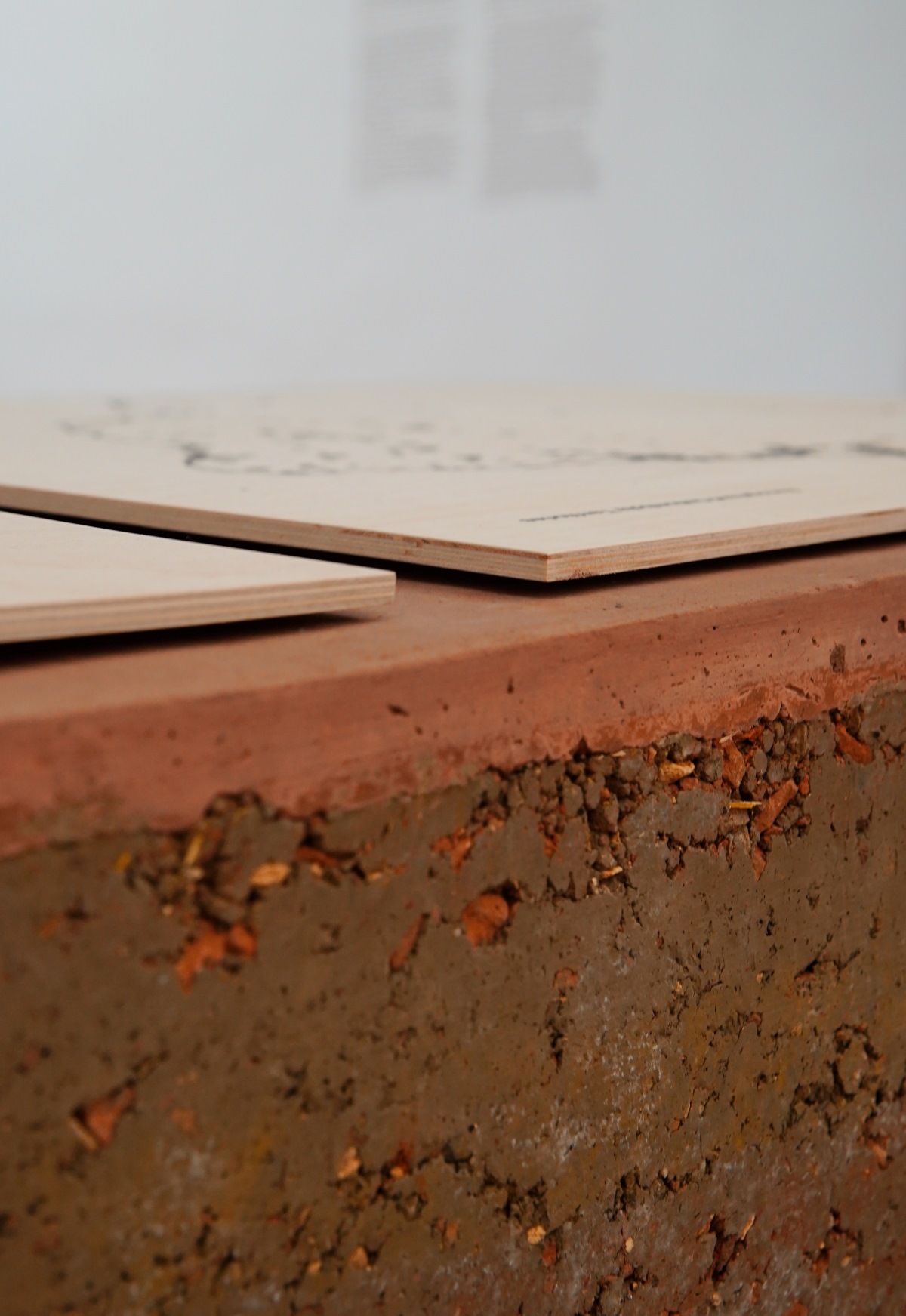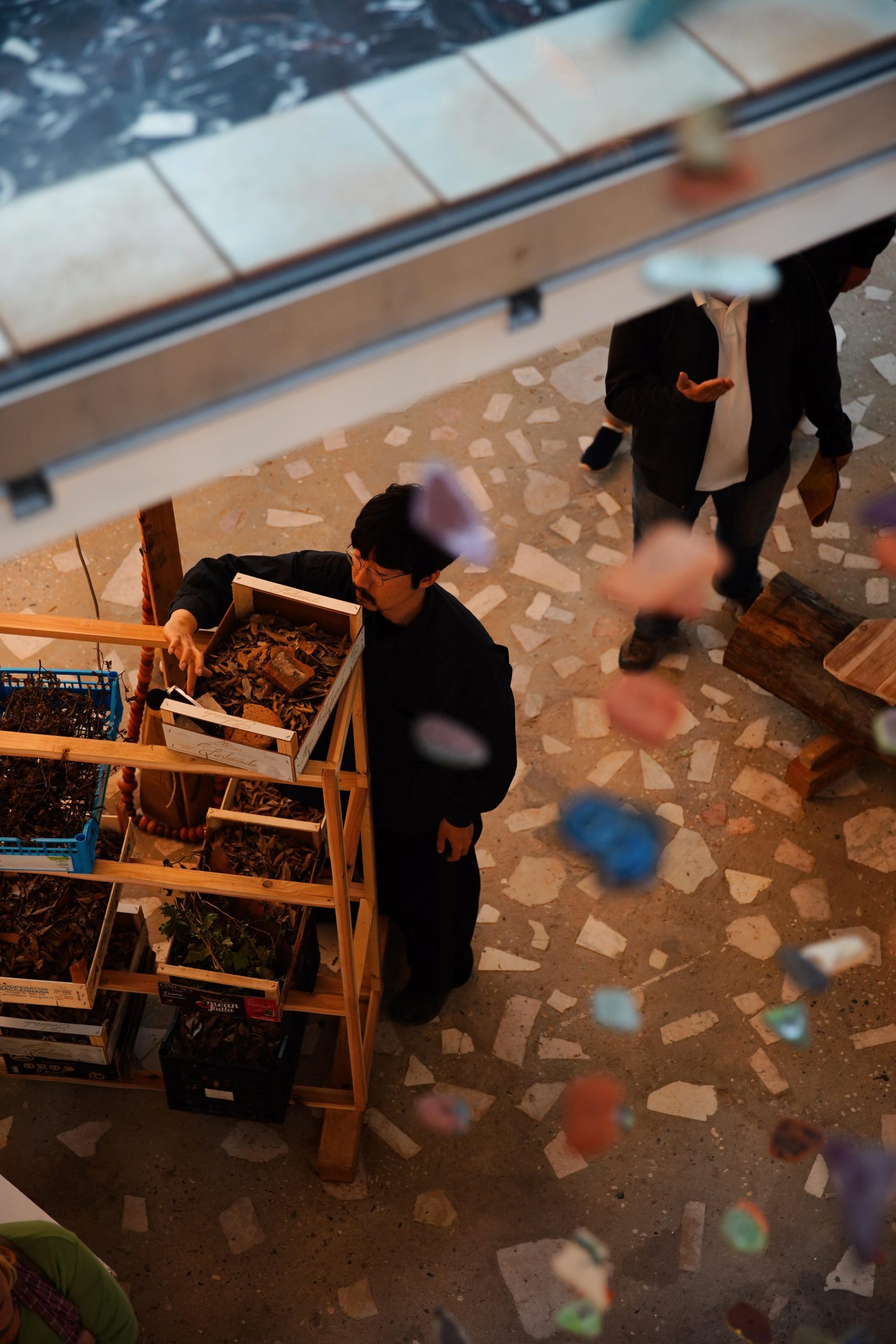Venice, an eternal grand Italian spectacle, enchants its visitors with the web of intricate canals and majestic palaces. From the opulent St. Mark’s Square to hidden treasures in narrow alleyways, Venice’s architectural wonders stir awe. The city’s allure betters during the Venice Architecture Biennale, when Venice bursts into a vibrant tapestry of pavilions and exhibitions.
Once again, this May, Venice was overflowing with exuberant and curious minds gathered to absorb the brilliance on display. With ‘The Laboratory of the Future’ as this year’s theme, numerous contributors from around the world, including those from Georgia, showcased their work, illustrating what it means to be an agent of change. The theme aims to shed light on aspects of architecture that have been historically overlooked.
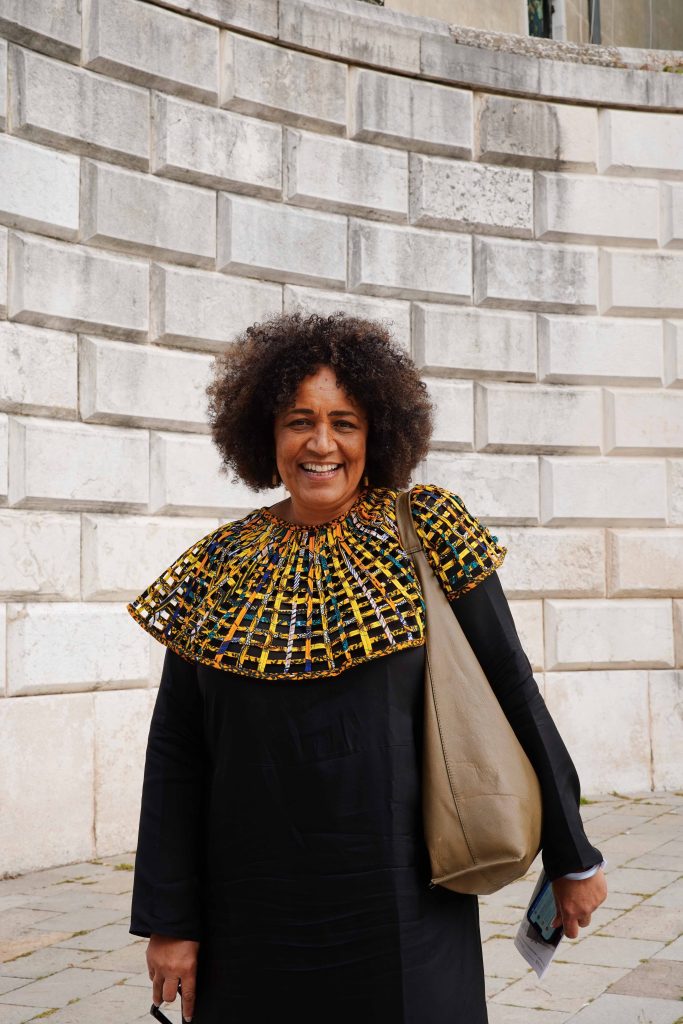
The curator, Lesley Lokko, posits,
“Culture is the sum total of the stories we tell ourselves about ourselves. However, historically, not all voices have been uplifted and included in the conversations and stories told through art mediums such as architecture.”
Intent on transforming this narrative, Lesley decided to highlight the African diaspora, a group whose voices have been among the most silenced throughout history.
“It is in this context particularly that exhibitions matter. They are a unique moment to augment, change, or re-tell a story, whose audience and impact is felt far beyond the physical walls and spaces that hold it.”
As this is the first year that Georgia presented National Pavilion at the world-renowned festival, we were thrilled to accompany and support them, and immerse ourselves in what turned out to be an ecstatic experience of spaces and cultures intertwined with each other, depicting some of the most imaginative, creative, and transcendent displays. This year’s work suppresses ordinary boundaries and has a profound, spiritual, and emotional impact on the viewer. It suggests a sense of elevation and connection beyond the physical. Below we share some works that enthralled us the most.
Georgia
“january february march” provides an in-depth exploration of water resources, specifically the Zhinvali dam and its impact on the village of Zhinvali. During these months, when the water level is at its lowest, the spire of a church submerged due to the dam becomes visible. This exhibition encourages the viewers to contemplate the intricate relationship between humans and nature and the harmony that often becomes a disaster. Moreover, it echoes the main aspects of this year’s theme, such as the permanent trace humans leave on nature, how society is failing to cohabitate with the resources and the ecology, and how the economy often has a negative impact on the countries’ cultural flow. The exhibition highlights the urgency of change and the necessity of igniting a spark of imagination in the people of Georgia to reimagine the ways we alter nature in order to profit from it.
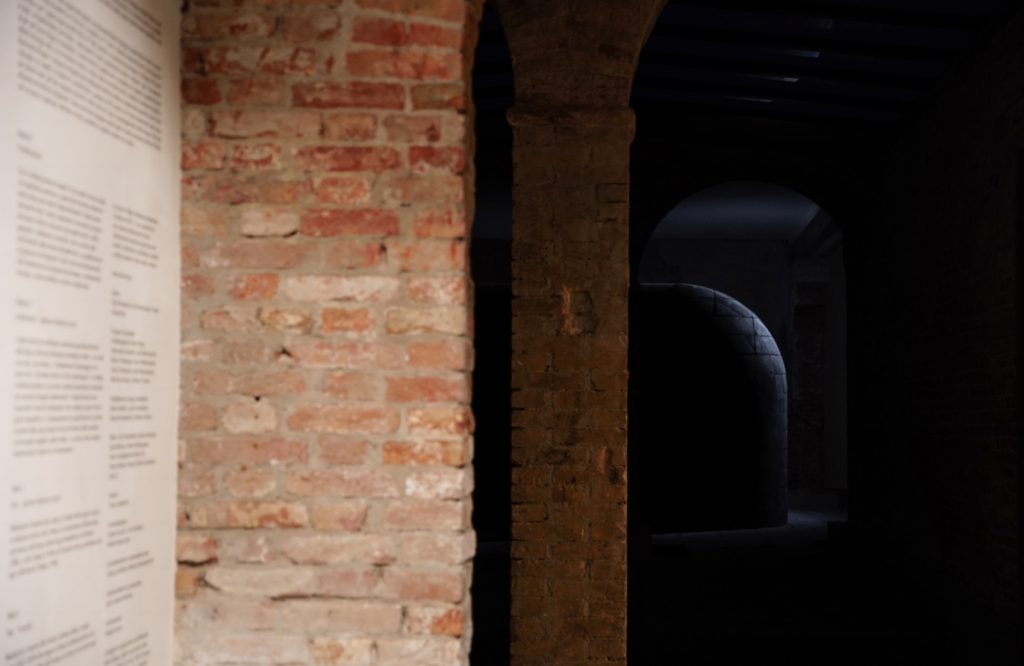
Belgium
In a world of limited resources, it is crucial to rethink architecture and the choices to minimize long-term consequences. The approach to production and the use of materials needs to change, moving away from extractivist policies. Instead, experimenting with alternative ways of living involving both humans and non-human beings should be set forward. One concrete proposal that Belgium’s pavilion offers is to form an alliance with mushrooms, utilizing them as a sustainable and affordable building material. The Pavilion In Vivo serves as a platform for critical thought, emphasizing responsibility, justice, and the future of living. The exhibition explores past, present, and future perspectives, highlighting the process of realization, spatial experiences, and the potential of mycelium for regeneration and territorialization. The presence of mycolic texts hints at the messages already encoded in our surroundings.
France
The Ball Theater installation is designed to revive our yearning for utopia. Its hemispherical shape evokes both a terrestrial globe and a mirror ball, symbolizing a shift towards alternative futures rather than focusing solely on emergencies. The theater serves as a space for contemplation and immersion in a soundscape of distant voices, as well as intense occupancy during workshops and residences. Its architectural design combines futuristic elements with nostalgic references, raising questions about its origin, purpose, and the narratives emanating from its speakers. The installation invites us to reflect on our relationship with the world and make choices for reinventing our future. A hidden soundscape connects the demi-sphere and surrounding objects, creating an abstract language of non-verbal communication. The installation is accompanied by a photo novel that traces the demi-sphere’s journey through an abandoned city inhabited by children and robots. The name “Ball Theater” references both the spherical shape and the history of underground dance scenes, turning the theater into a catalyst for imagination, voices, music, and stories during dedicated ball events throughout the biennale.
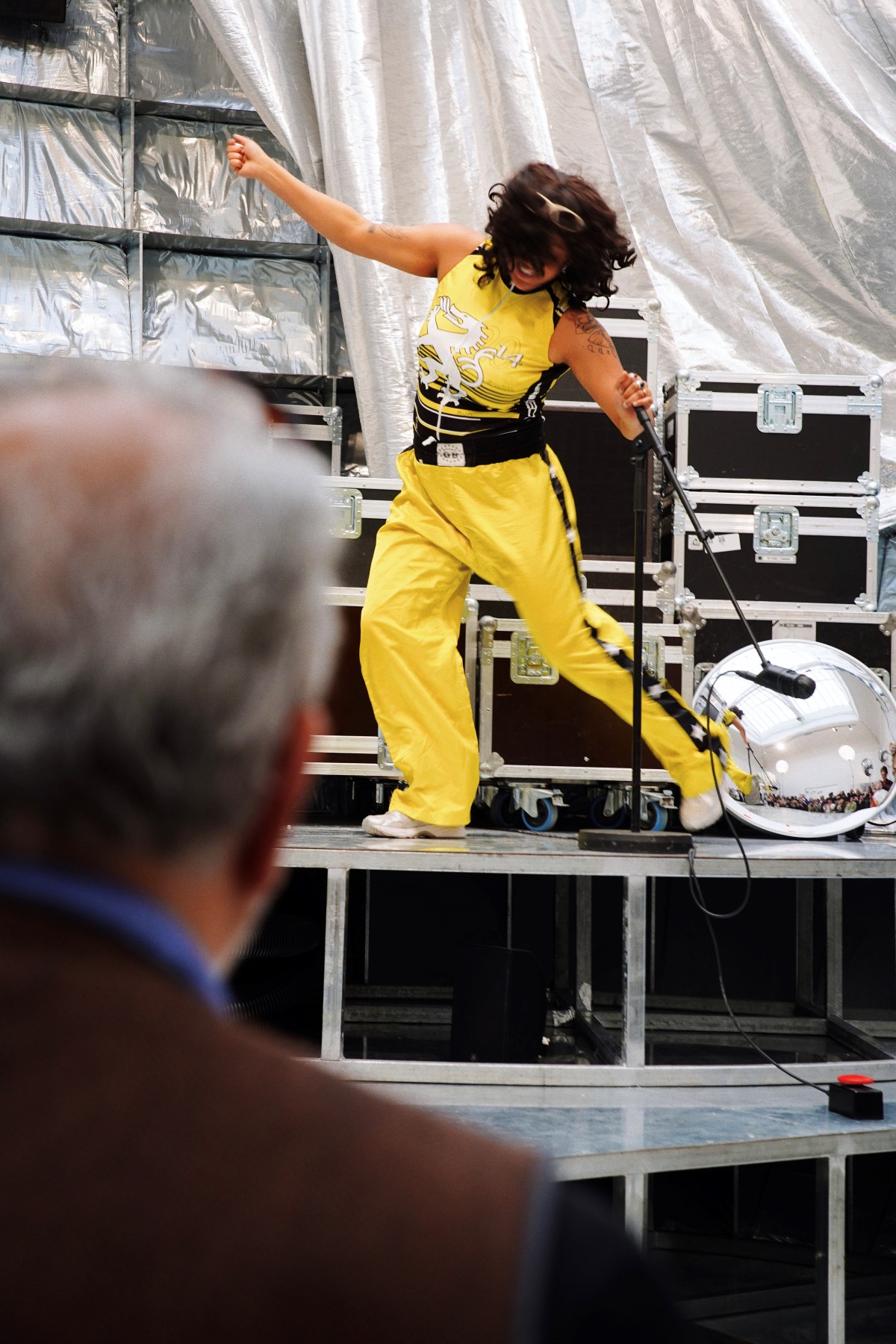
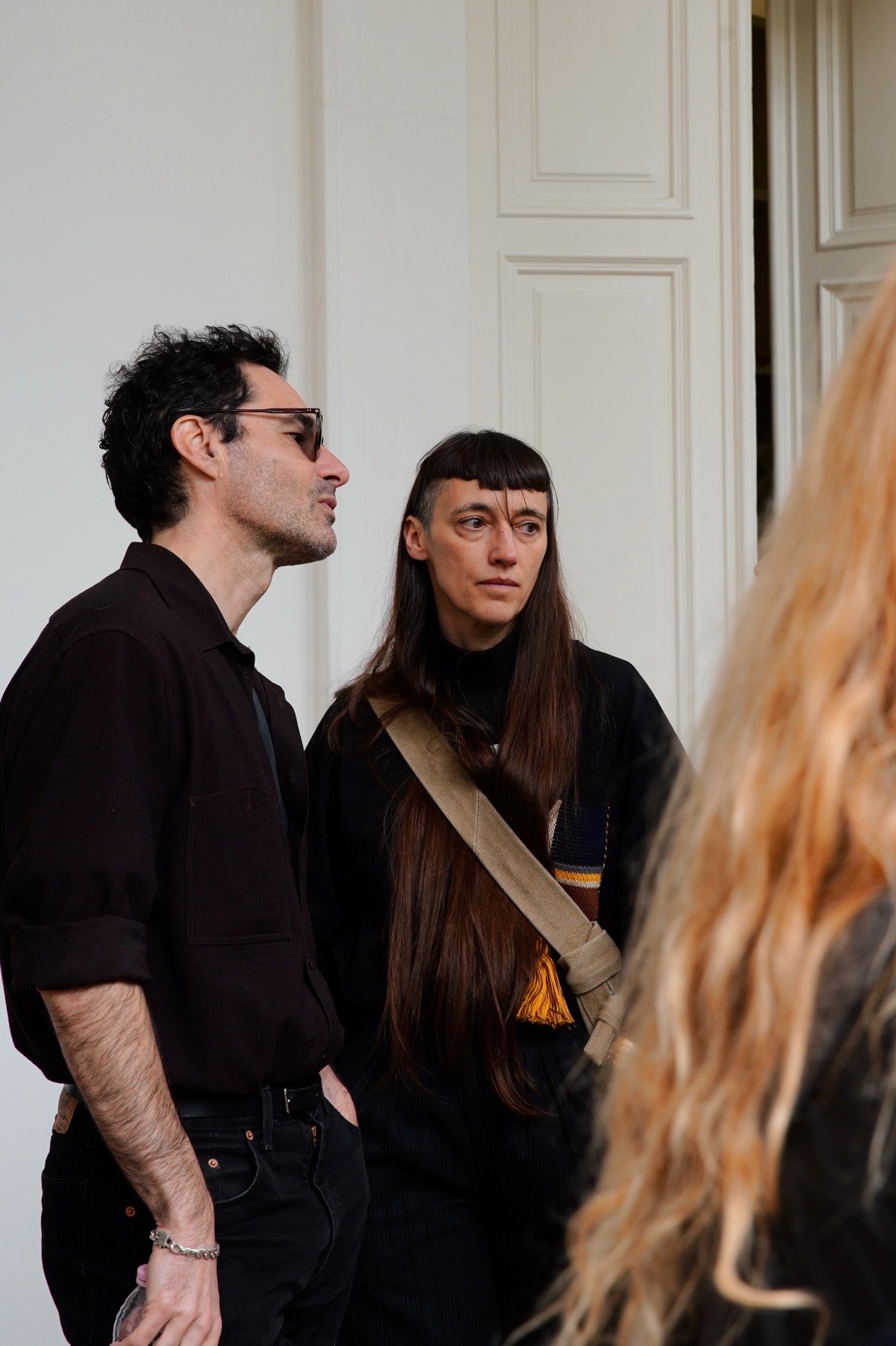
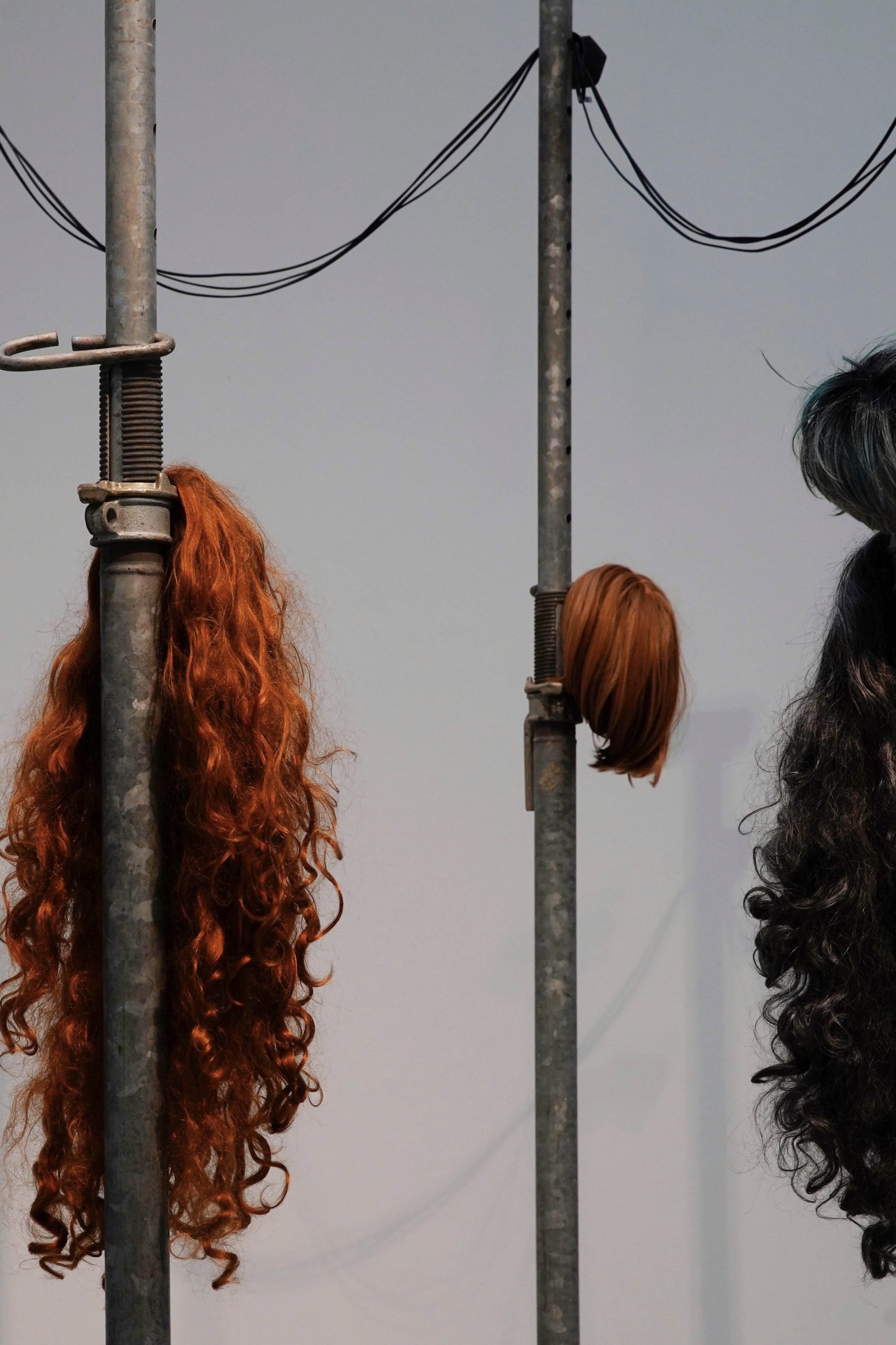
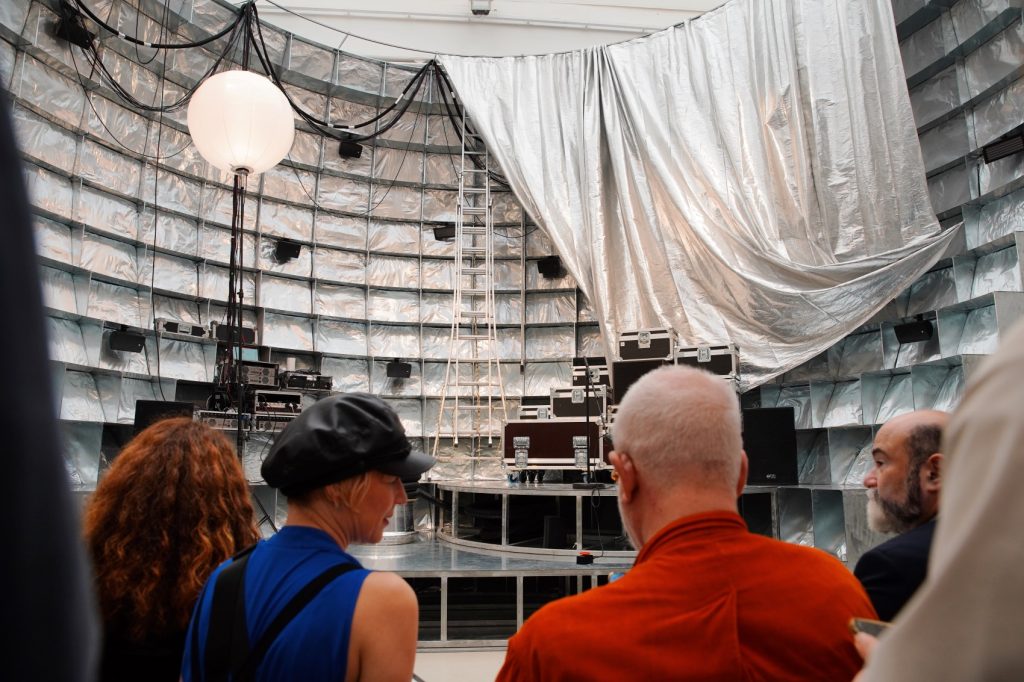
Brazil
Earth holds profound significance in conceptions of Brazil’s formation and identity. However, traditional representations of nationality have often marginalized Indigenous and Afro-Brazilian populations by idealizing and racializing nature. Indigenous and Black people offer alternative perspectives, where Earth signifies belonging, cultivation, rights, reintegration, and reparation.
Brazil’s representation at La Biennale di Venezia 2023, titled “Terra [Earth],” embraces this alternative viewpoint, recognizing Earth as physical ground and a global and cosmic entity—the shared home of all life. By acknowledging Indigenous and Afro-Brazilian communities’ cultural and artistic heritage, the representation aims to expand the realm of architecture to address urgent urban, territorial, and environmental challenges. Embracing the concept that “the future is ancestral,” these communities’ ancestral knowledge and spatial technologies offer a glimpse into a future world where repair, restoration, and harmonious coexistence with the planet are integral to a utopian vision, both locally and globally.
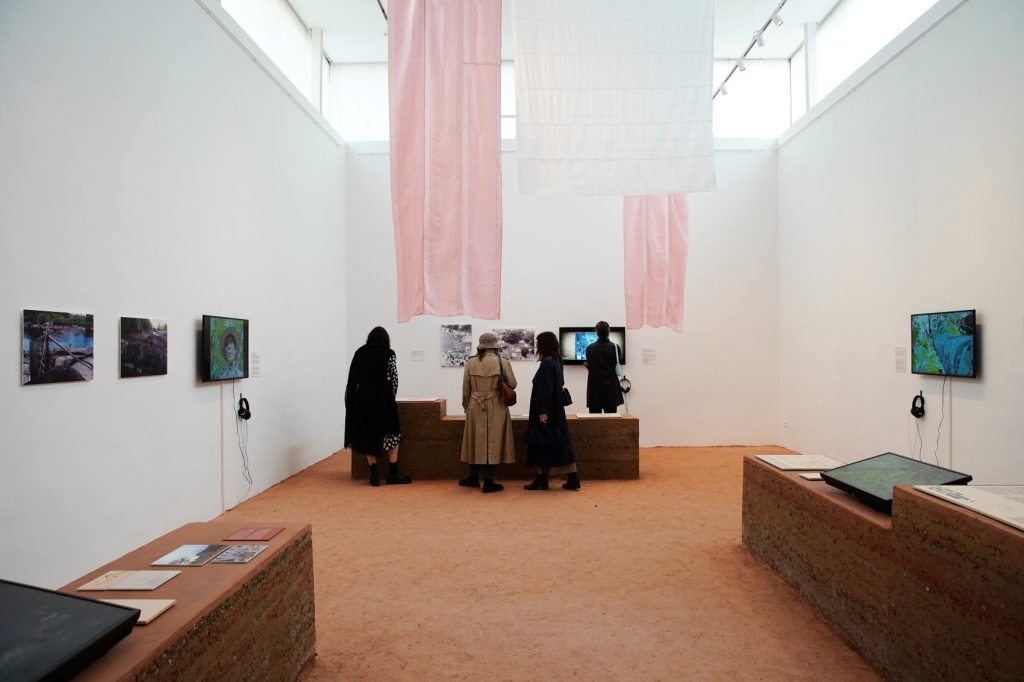
Japan
“Architecture, a place to be loved – when architecture is seen as a living creature” delves into our current post-pandemic reality, marked by anonymous developments encroaching upon cities worldwide. At its core, the intervention seeks to unravel how we can revive the sense of wonder and delight in architecture and rediscover the shared joy of inhabiting physical spaces. The exhibition explores the myriad ways in which the presence of love can be perceived within a space, transcending the mere existence of buildings. It illuminates the intrinsic connection between people and their surroundings, emphasizing that architecture is an interactive tapestry woven with memories and narratives, capable of adapting and embracing various forms and meanings. Within the Japanese Pavilion, architecture is envisioned as a living entity, a sentient being that necessitates nurturing and growth in harmony with global communities.
Mexico
The Mexican Pavilion offers an immersive experience, showcasing a life-sized fragment of the expanded model of the Campesino basketball court. Initially designed for sporting activities, these courts have been repurposed in Mexico’s indigenous communities as spaces for multifaceted processes of decolonization. Through a detailed case study, the exhibition explores the remarkable adaptations and transformations that have elevated these courts beyond their original function, turning them into focal points for constructing political, social, and cultural movements. The repurposed campesino basketball court represents more than just the dismantling of a Western sports facility; it stands as the fundamental building block upon which indigenous utopias are forged, fostering cultures of resilience and resistance.
